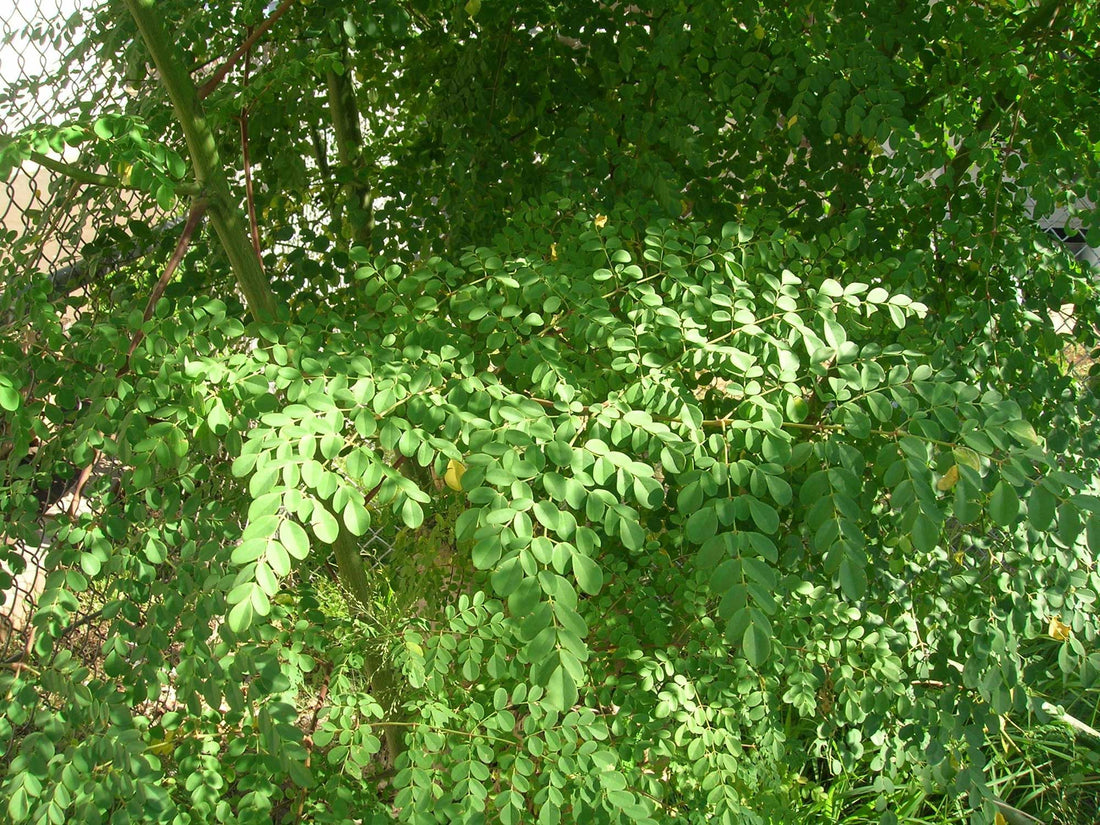It seems that it has already become a contemporary tradition wherein every New Year, a brand new superfood is being introduced. This 2018, it seems that it is the Miracle Tree’s turn to capture the attention of many health buffs. The Moringa tree is an indigenous plant native to the Himalayas’ foothills although this is now extensively cultivated all over Southeast Asia, East Africa, and India as well. A tree that is edible with huge health benefits, tolerant to drought and fast-growing, with seeds which can purify even the dirtiest of water, the Moringa tree is considered as a highly valuable resource in a lot of regions. That is why is not a big surprise that it has been hailed as the crop of the month by the United Nations’ Food and Agriculture Organization.
Apparently, this is good news for many people. The Time Magazine itself has touted Moringa to be the next quinoa, and is also reckoned as something that will be huge and everyone must know about it according to the Huffington Post.
However, a few of those claims associated to the tree, including the assertion made by beauty expert and nutritionist Kimberley Snyder that this contains twice the amount of protein found in spinach and thrice the amount of iron must be treated with a certain level of caution. Even though the Moringa leaves are indeed found to have high iron levels, a study conducted last year and published in Federation of American Societies for Experimental Biology journal discovered that its bioavailability, or the amount entering the circulation of the body, is actually very low. The truth is, the phytic acid content of Moringa seems to strongly inhibit the absorption of iron in the rest of the diet’s components.
Having said this, the very same journal also published some more promising evidences regarding the Moringa extract’s anti-inflammatory properties, which earlier studies suggest were more potent compared to turmeric that was last year’s darling. Moringa contains complete complement of the amino acids, not the mention that this is also a great source of vitamins A and C, as well as other minerals.
Moringa’s Potential Benefits
The exact same properties which make Moringa helpful in fighting off malnourishment has led a lot of people to believe that the plant can benefit everyone. This has been extensively documented for the nutritive abilities, not to mention that there were also supplement companies that are mainly based on Moringa’s benefits, although this is now readily available in various forms such as teas, capsules, as well as other forms at more affordable prices.
Moringa leaves are regarded to be the most nutritious part of the tree, and these are most commonly used in various supplements. With a big chunk of the population discovered to be overfed yet undernourished, Moringa could be a useful supplement and tea for a lot of people, including those in developed countries. However, you have to take note of several cautions associated with it, particular when it comes to the stems and roots of the plant.
Superfoods – The Truth Behind It
If you’re curious, you will find fresh Moringa seedpods and leaves, sold under different names including drumstick in African and Indian grocer and the powder in health food stores or through online, search for the fair-trade versions. You may stir a bit of the latter in your smoothie to disguise its flavor, yet you are more likely to enjoy the curry made with more fresh spinach leaves or some okra-like pods.
Is moringa one of the best superfoods? If you are living in an arid environment with not so much access on fresh greens, then moringa is a superfood.
 Moringa – What Are the Things You Should Be Aware of?
Moringa – What Are the Things You Should Be Aware of?
Like most plants and herbs used as remedies, particular parts of the plants are advantageous while some could be dangerous in some way. It’s true with the elderberries that are great in helping improve one’s immune system, yet whose stems and leaves must be avoided due to its content of natural cyanogenic glycoside, which can be toxic to people.
Moringa leaves are considered to be edible and safe, yet there’s some controversy about the stems and roots and their possible harmful effects, particularly in women. Such plant’s parts might not only serve as a contraceptive, but also this could lead to miscarriage and some problems. It is also essential to note that there are several sources claim that such leaves have this effect too. However, there’s a research that shows a potentially cytotoxic and immunosuppressive effect of the plant’s seeds and supplements or extracts that contain the stems, seeds, and roots must be avoided for this kind of reason until further research is done. We do not sell any of these parts in our shop.
Aside from that, the plant’s leaves have shown to have mildly laxative effect and might cause digestive disturbances in several people.
Ways to Use Moringa
Moringa might seem to be potent when it’s fresh and since its tree grows in most climates, it’s possible to cultivate the plant for herbal remedy purposes. According to an expert, he has done it yet does not recommend for the reason that the leaves are time consuming and small to harvest. It’s also available in different forms including capsules and dried leaves. Even if it has possible effects on cholesterol and hormones, it’s crucial to check with a specialist or doctor before using it.



 Moringa – What Are the Things You Should Be Aware of?
Moringa – What Are the Things You Should Be Aware of?